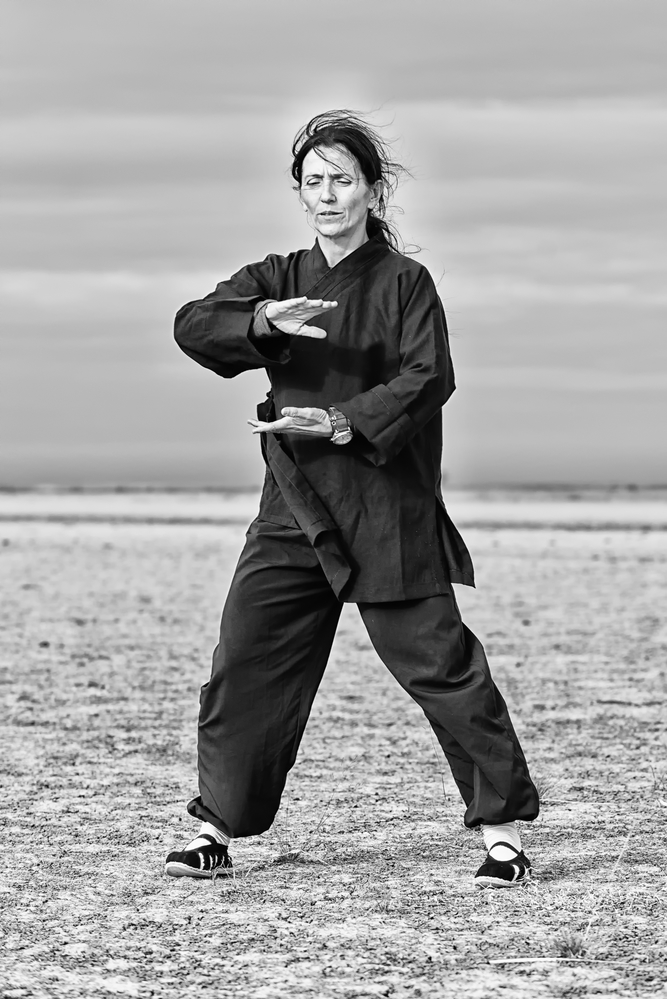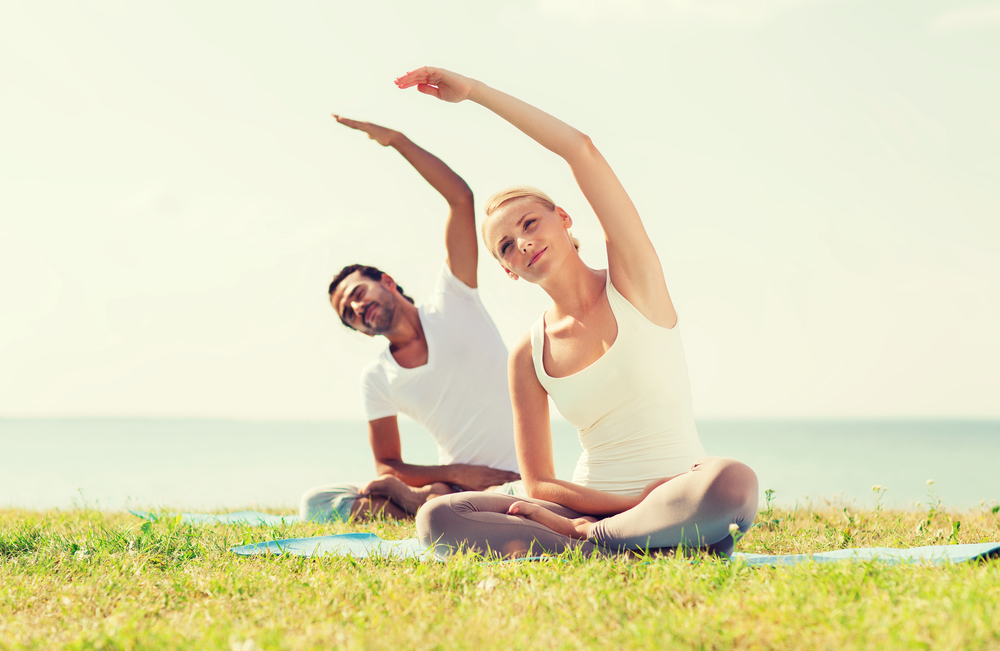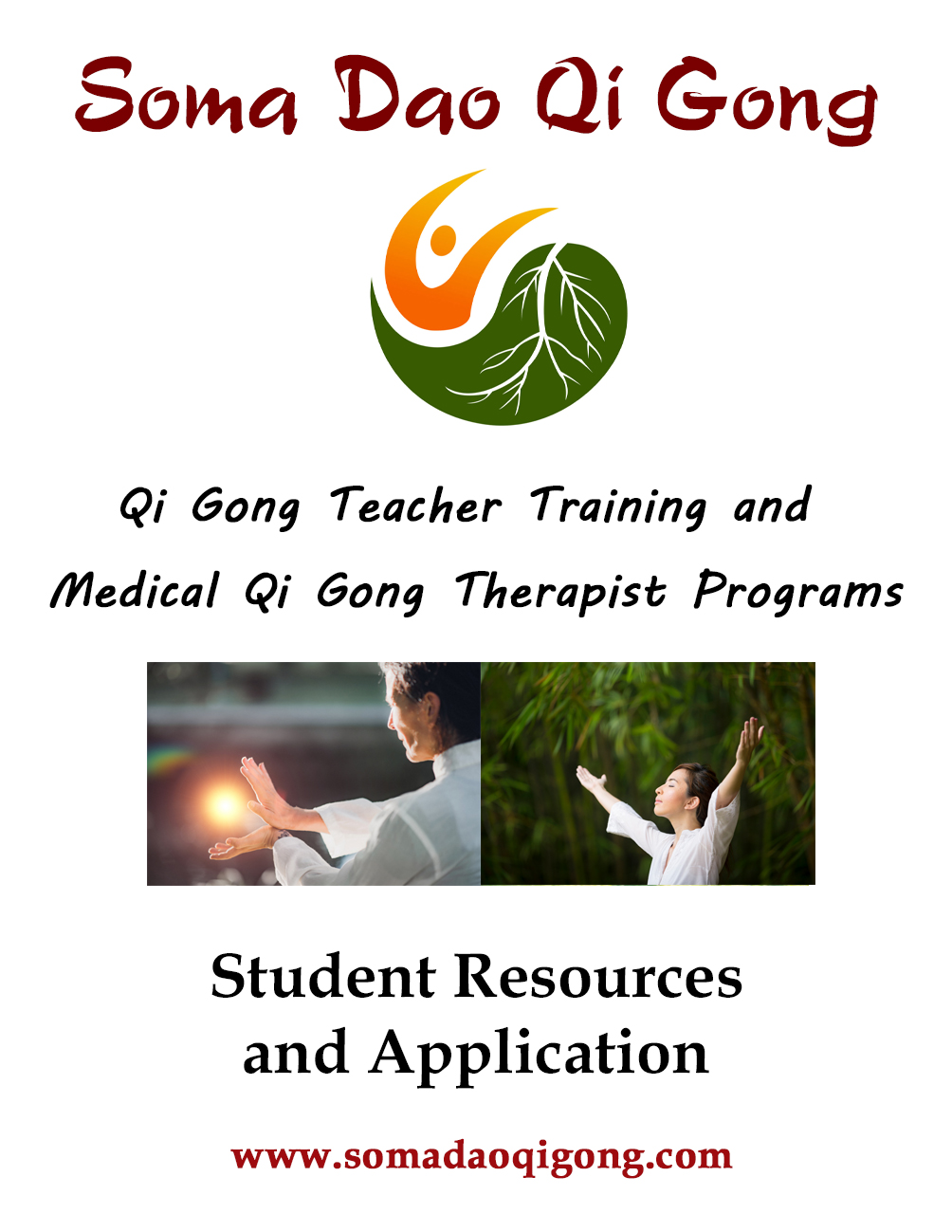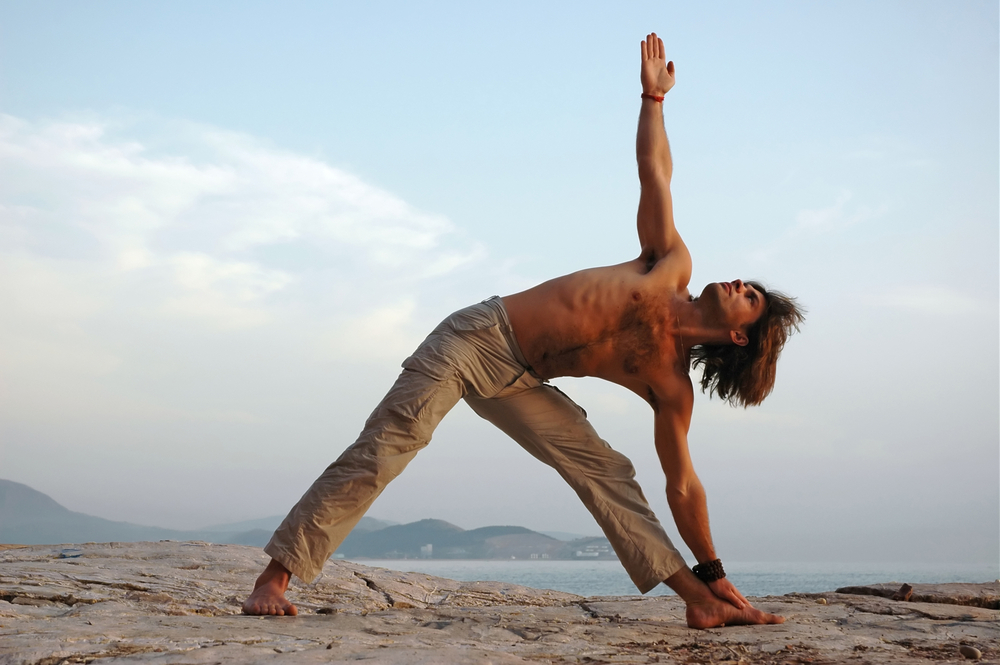Since the 1960’s, Qi Gong, Taijiquan (Tai Chi), Gong Fu (Kung Fu), Meditation, Breathwork, and Yoga have gradually become normal parts of modern Western culture. Back then, these practices were popular with the ‘Consciousness Expanding’ part of the population. In the 1990’s, these terms became ‘dinner table conversation’ words that we all knew and used.
In 2021, with physical culture becoming a suddenly more online experience, these practices are becoming even more popular. Which has created another ‘fever’ of embodied practices and teachers.
If you want to be healthy, happy, and live a long life, you will have a profoundly and statistically much better chance if you have a ‘physical hobby’, and/or an embodied way to heal, let go, and still challenge your structure, muscle tone, and flexibility.

Why do we need physical culture?
Before the 1960’s, physical culture in the Western world was focused to choreographed dances (ballroom dancing), basic calisthenics, competitive sports, gentle sports, and rock and roll ‘party’ dancing. Which all have many benefits, especially playful and sensual dancing. Their limit was they were mostly practiced in specific environments, at specific times, often with people you may or may not want to be more embodied next to.
I bring this up because we all tend to trust and relax into what we already know. Said more bluntly, your ability to Self-Regulate or connect with the Mystery is limited by the opportunities of your culture.
I remember hating learning Square Dancing in Highschool – but everyone had to experience it. It was awkward and unwanted and embarrassing. Sometimes Qi Gong can feel that way. Why am I waving my arms around, or why am I imaging a golden ball of Qi?
When I was eight years old, I rode a horse in a Rodeo once and even tried being a rodeo clown. If you are going to live, work, and rely on horses and angry cows; you may want to find a fun way to make sure everyone learns some Cowboy Qi Gong – or some effective and efficient skills.
If you may have to go to war with a club, like some Indigenous people I am related to had to, you will naturally invent a game like Lacrosse.

Qi Gong and Yoga
In modern life, for most people, the primary focus of Yoga and Qi Gong is on the quality of movement, posture, breath, and stretching. At least, at the beginning.
It is abundantly clear that movement, stretching, stillness, Breathwork, and Meditation are experiences that many people need to be happy and healthy.
Both Qi Gong and Yoga are embodied Spiritual practices
Both call us to presence, connection, intention, and peaceful abundance.
I have had very little personal practical experience with Yoga. What I am told, for the most part, is modern Yoga focuses on Asanas, or fixed postures with endless opportunities for deepening subtleties of awareness and practice. Qi Gong also has this practice, although Qi Gong tends to focus more on repetitive, flowing, and circular gestures, stretches, and postural rehabilitation. These static and refined, or repetitive and rhythmic opportunities, have helped carry countless people into deeper states of relaxation and meditative awareness.
In Qi Gong, these symbolic and tangibly emotive movements are often combined into larger choreographed series of movements called ‘Forms.’ Both Qi Gong and Yoga combine various exercises into subgroups called ‘Flows.’
Qi Gong and Yoga both evolved to help people who work all day, like paleolithic hunters, herders, and homesteaders, who may have experienced some Trauma (bandits). Just like Cowboy Qi Gong, you can tailor your practice to your individual needs if you are a stressed-out office worker or live with a modern chronic illness.
Qi Gong and Yoga both evolved to guide people who had a deeply meaningful Spiritual connection to the Land and Sky, who remembered their birthright of choosing their State of Being, and who valued living a conscious and peaceful life. Many aspects of these practices can help most modern people reconnect with their Existential and Spiritual life
In my experience, an “Embodied Spiritual Practice” is the same opportunity no matter what it is called. Qi Gong or Yoga, or a hundred other possibilities.
One distinction that many people notice, is that Qi Gong tends to focus more on free-flowing moments, Breathwork, and your sensual feelings of Qi or ‘Aliveness’. This Qi awareness begins with a balanced and efficient posture; fit, toned, and flexible muscles and tendons; lower stress hormones, and better circulation throughout your Body and Meridians. Chronic distress and somatic holding patterns, overwork, more often embodied memories, injuries, and Qi Wounds, will all be met, Healed, supported, and balanced as your practice develops.
Qi Gong sometimes moves a bit ‘wildly’, when moving like many different animals. Often, your Qi Gong practice is influenced by the Seasons and Weather. There are still Shamanic and Existential practices that connect you with your Ancestors and, in the long term, connect you with many dimensions of Consciousness.
Looking for some physical culture?
If you were young and had to choose between Square Dancing, Lacrosse, riding in a Rodeo, or Qi Gong, which would prepare you the best for a modern, mostly seated, distracted, and stimulation-addicted life?
What would bring the most harmony and peace, vitality and longevity, Spiritual openness, and playful curiosity to your journey and your life?


I am interested in learning more about becoming a Qi Gong Teacher and/or a Medical Qi Gong Therapist and would like to receive your MONTHLY newsletter.
YES! Send me a copy of the Student Resource Guide
(We respect your privacy)
Beginning April 8, 2024
Learn the skills, practices, and principles necessary to safely and successfully guide others through several kinds of Qi Gong Classes.
